Dear Editor:
I awaited the “Dispatches” to question why C.R. Smith’s name was not acknowledged in “Anything, Anywhere, Anytime” (July 2002) about the Air Transport Command (ATC), written by Sam McGowan.
Our understanding was that President Roosevelt appointed C.R. Smith, CEO of American Airlines, to head up the ATC. His photos were prominent in General Stilwell’s museum in Chongqing, China.
Bill Kazee, via e-mail
Dear Mr. Kazee:
American Airlines president C.R. Smith did not head up the Air Transport Command, he was the Chief of Staff. The head of the ATC was Major General Harold George. President Roosevelt’s only appointment was of Lawrence W. Pogue as chairman of the Civil Aeronautics Commission. It was Pogue who recommended to Roosevelt that all military air transport be assigned to a command independent of both the War and Navy departments. C.R. Smith was brought into the Army as a colonel (as were several other airline industry officials) and was made chief of staff of the ATC. By the end of the war he had been elevated to the role of deputy commander.
Following is C.R. Smith’s role with the ATC as published on the Web site of the C.R. Smith Museum in Fort Worth: “When the United States entered World War II, C.R. Smith joined that Army Air Force, as a colonel, to help organize the Air Transport Command. C.R. played a major role in opening the Great Circle Route, which connected Newfoundland, Greenland, Iceland, Ireland, and Great Britain, for use by ATC transports. Earlier in the war, ATC aircraft heading to Europe from the U.S. would head south to Brazil, then east to Senegal, and finally north to their destinations. Once the feasibility of the Great Circle Route (the testing was done by an American Airlines crew) had been proven, the ATC averaged 500 transatlantic flights a month. Colonel Smith soon became General Smith, and he was deputy commander of the Air Transport Command (and a major general) when the war ended. In 1945, C.R. returned to American Airlines. For his World War II service, C.R. Smith was awarded a Distinguished Service Medal, a Legion of Merit, and a designation of Commander, Order of the British Empire.”
Sam McGowan
Dear WWII History,
I recently subscribed to your magazine and am suitably impressed. It is well done and well researched. I like the variety of topics and issues you cover. Keep up the good work! I read with great interest the “Insight” article in the January 2003 issue. I am personally acquainted with the family of Stan Larson. I am the pastor of Lighthouse United Methodist Church between Oregon and Rochelle, Illinois. In March, I received a request from Stan’s niece, Jodi Ziegler, a member of our church, about doing Stan’s funeral.
Being a military history buff, I gladly said yes. I was able to meet with Stan’s older brother, Leon, and his family to plan the service. To make a long story short, over 300 people filled Rochelle United Methodist Church on July 22, 2002. I was able to meet many veterans as well as Jean-Phillipe and Jean-Louis, two of the “diggers” who found Stan, Private Fidler, and Sergeant Zimmerman.
It was one of the most moving and emotional funerals I have ever had in my 121/2 years of ministry. It took me two weeks to write the sermon because I knew I would be dealing, in a pastoral way, with the renewed grief and horrible memories some still have of their combat experiences. Rex Whitehead’s daughter and son-in-law spoke, as did one of Stan’s cousins, one of the diggers, and a WWII veteran.
It was an experience I will not soon forget, and I was privileged to be a part of it, knowing that 78,000 MIAs are still listed from WWII and over 1,000 of its veterans are dying per day. Even writing this is an emotional experience. I have a picture of the pen found on Stan’s body and was able to view the shadowbox someone made for Leon and his family that featured the pen.
Thank you again for a good magazine and a great article that truly honored our fallen fighting men.
Sincerely,
Reverend Brian Channel
Oregon, Illinois
Dear Sir:
I greatly enjoy your magazine because I am both a history fan and a veteran of seven weeks of fighting in Normandy during the war. The combined experience and interest make me, I believe, a rather acute observer of what is said and written about the war.
I certainly enjoyed Chris McGowan’s article on Iwo Jima (September 2002) and wish him much good luck in his new profession. However, I was very conscious that his report—just as likely would be those even of his elders—reflected a “today” journalistic attitude about the war, treating it almost as much as a media event as it does as honest-to-goodness conflict between opposing nations.
First, I have no memory of people treating our war out on the distant Pacific islands as being either wasteful or ill-advised. We were fighting the Japanese; they held those islands and we needed to take them away so that we could move on against them. As I recall, those moves of ours were accompanied by quiet pride in our advances, no matter the cost. I think a well-known picture taken of the face of the Marine climbing back on board his ship after such an invasion sums it up: pride, patriotism, and a basic, deep understanding of commitment and sacrifice.
I don’t believe casualties were any major concern. Yes, the Marines fought a hard, aggressive fight. They took heavy casualties—including one of my college roommates on the beaches of Iwo—but there was none of the now-cautious deployment of our military power by almost untouchable bombers or by specifically assigned helicopter raids. Casualties are now one of the chief factors in military planning. That’s why most of the dirty work of cave attacking is assigned to our Afghan Northern allies or other non-U.S. personnel.
I do not hold McGowan responsible for his view of World War II. He has inherited our new view of war as a media event and one in which our civilian population is deeply involved; that’s why its concerns and interests naturally play a major role in Pentagon thinking.
As you can tell, I’m a little disgusted.
Malcolm Tweedy
Fort Davis, Texas
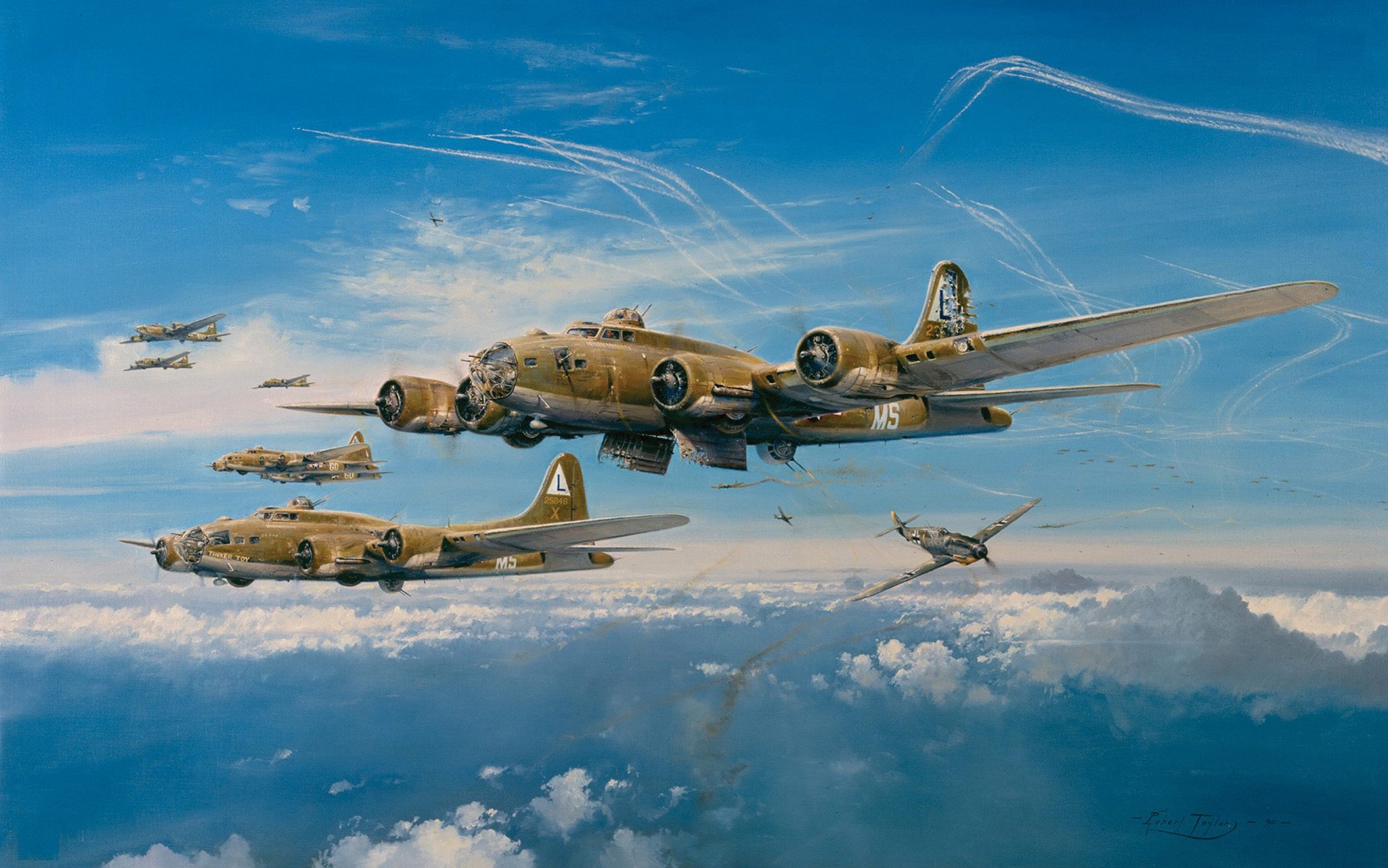
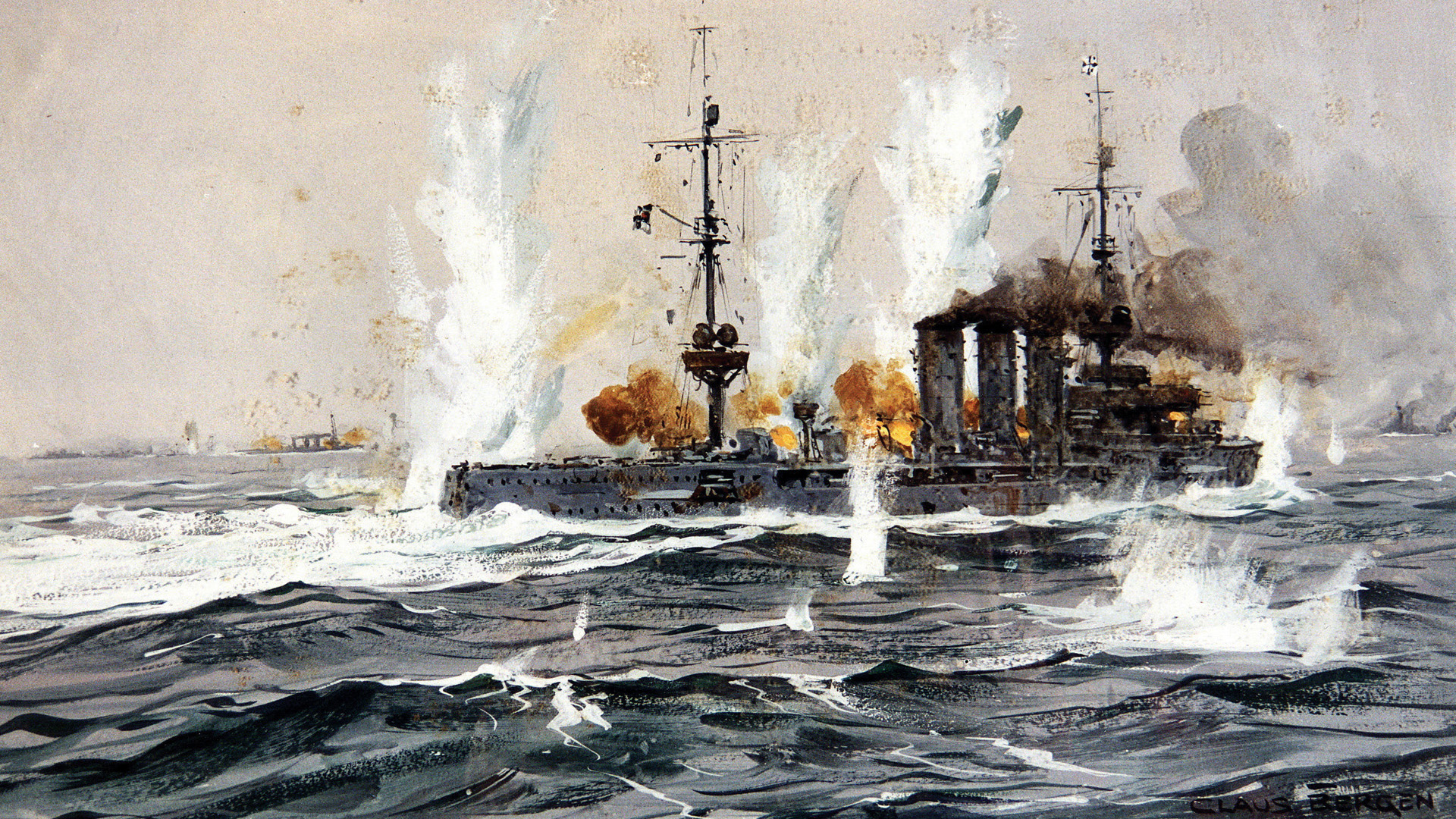
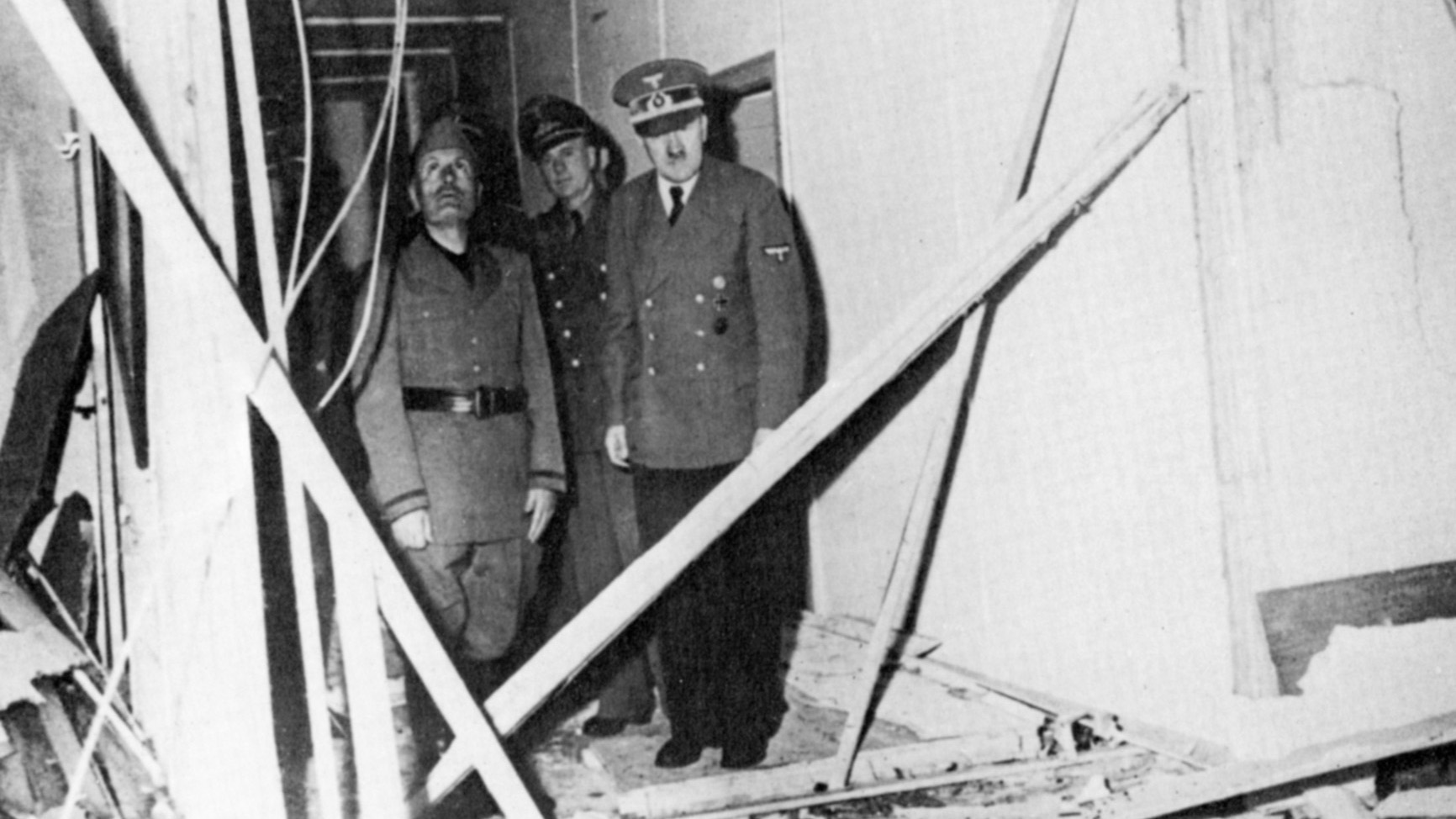
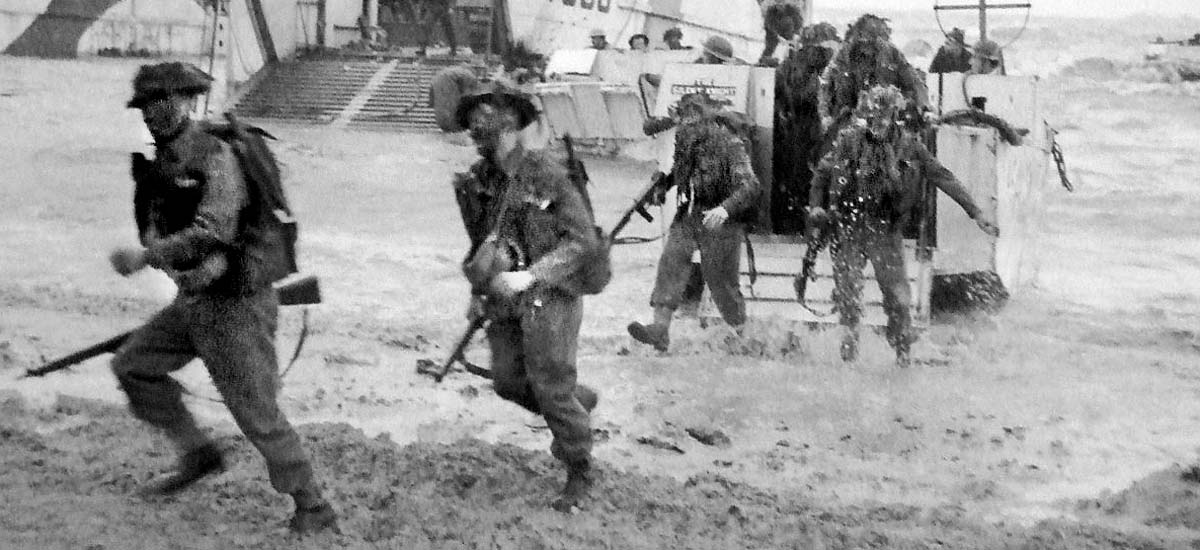
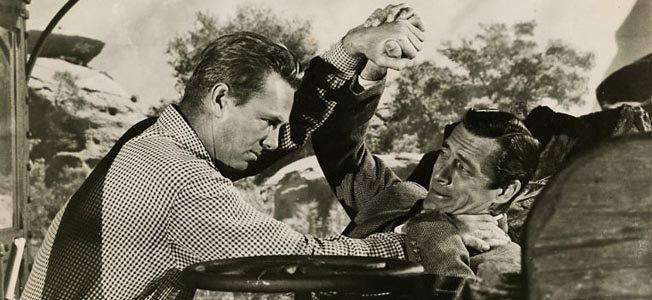
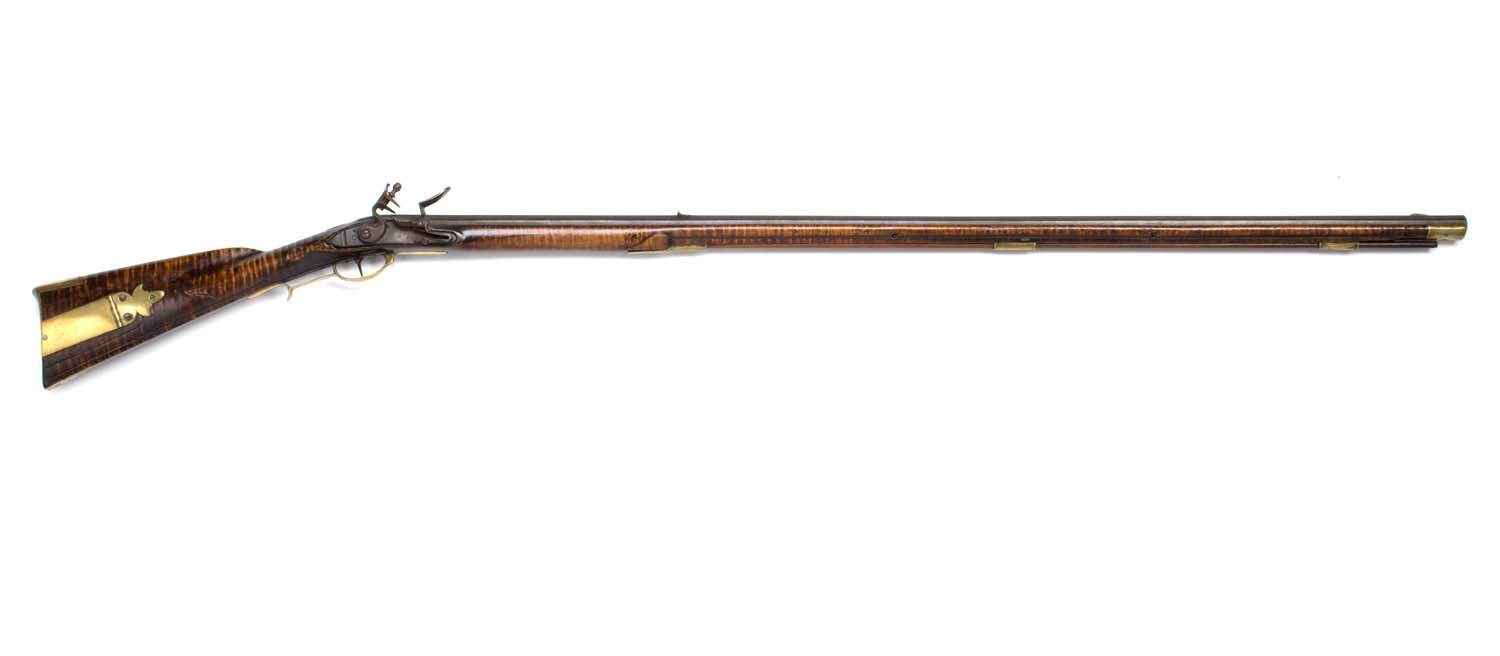
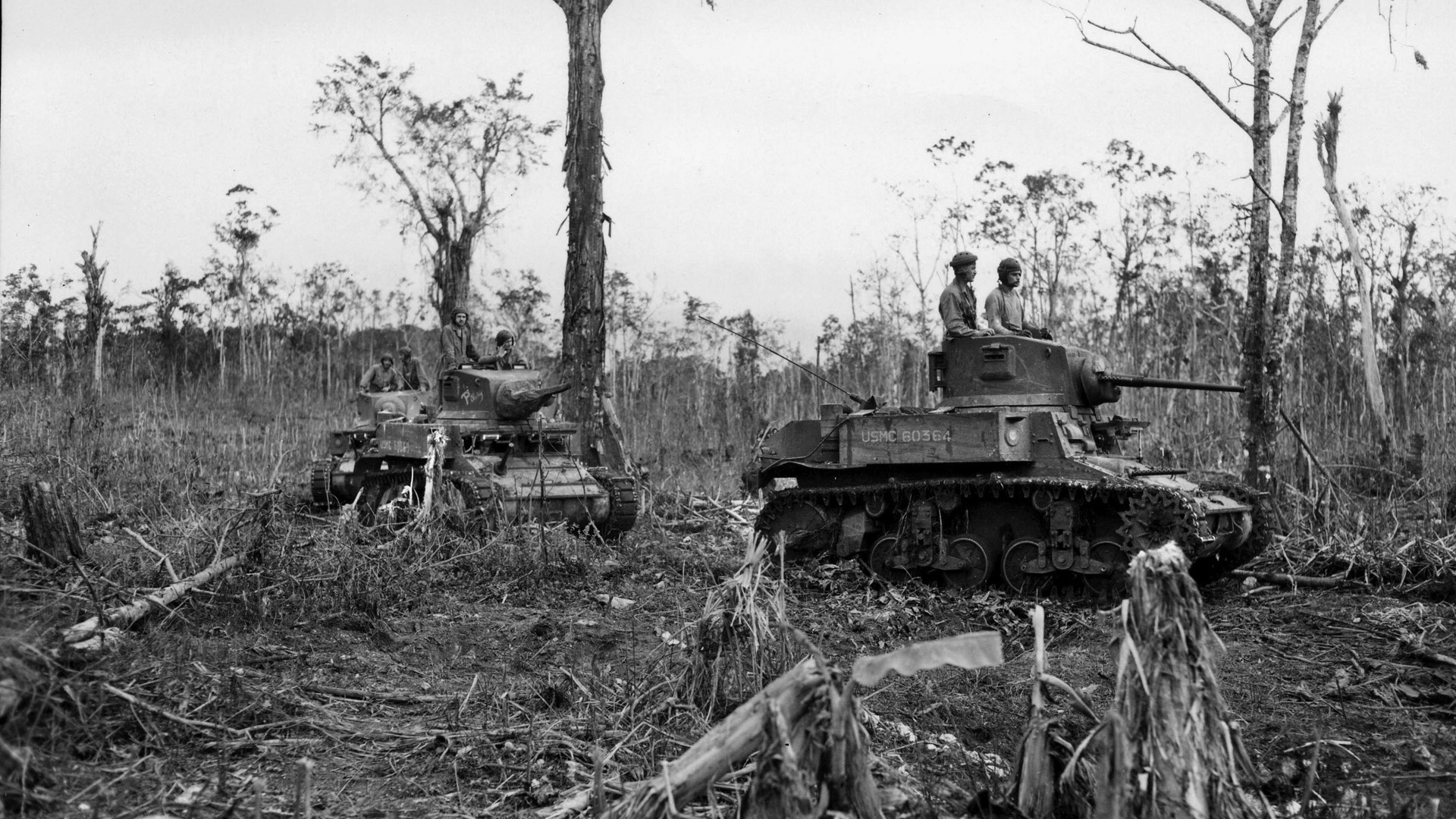
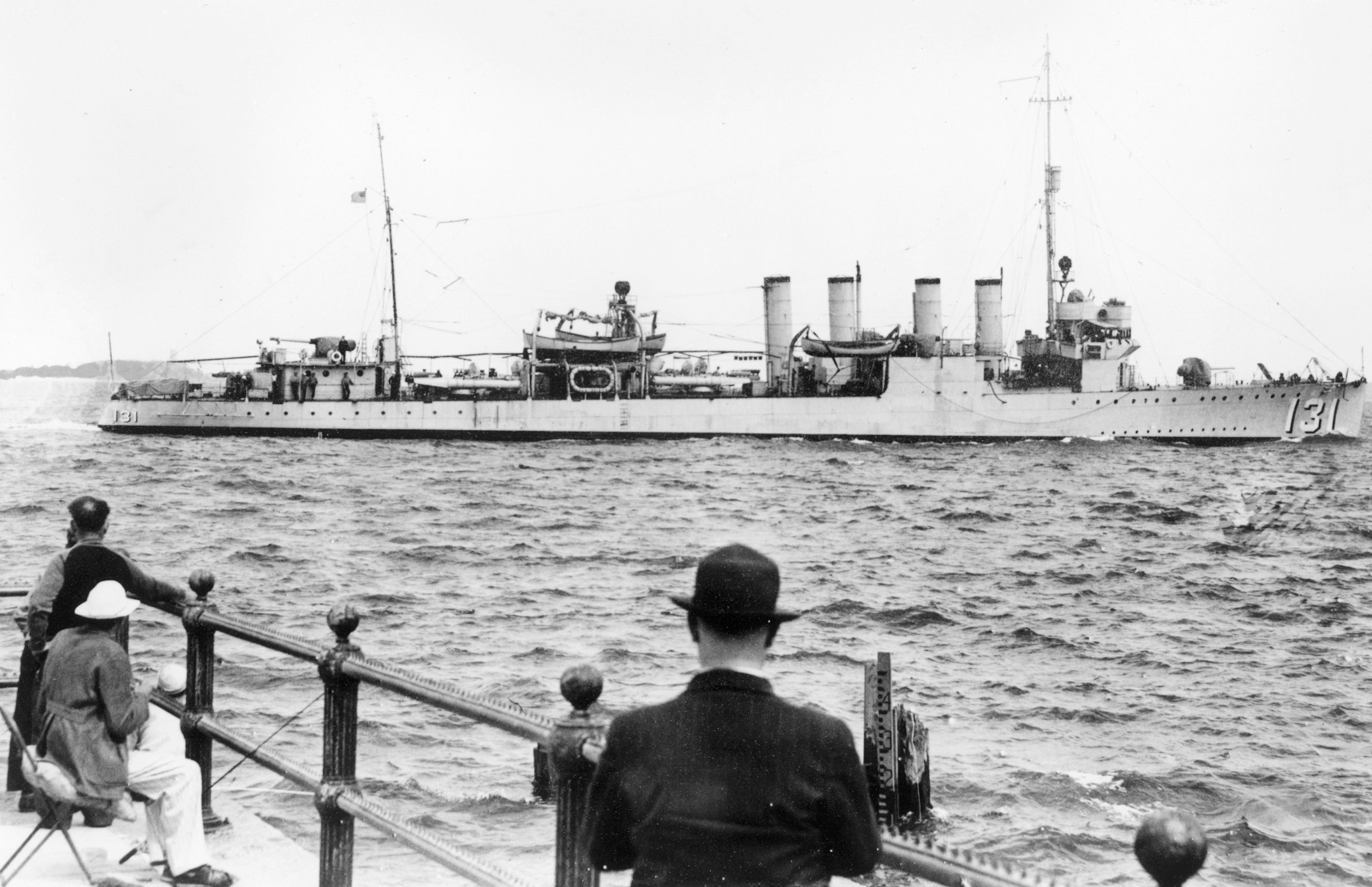
Join The Conversation
Comments
View All Comments